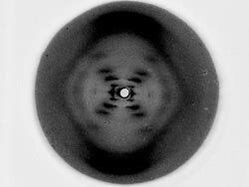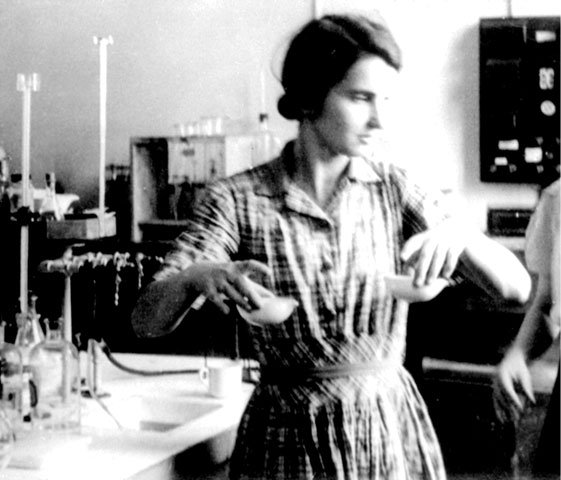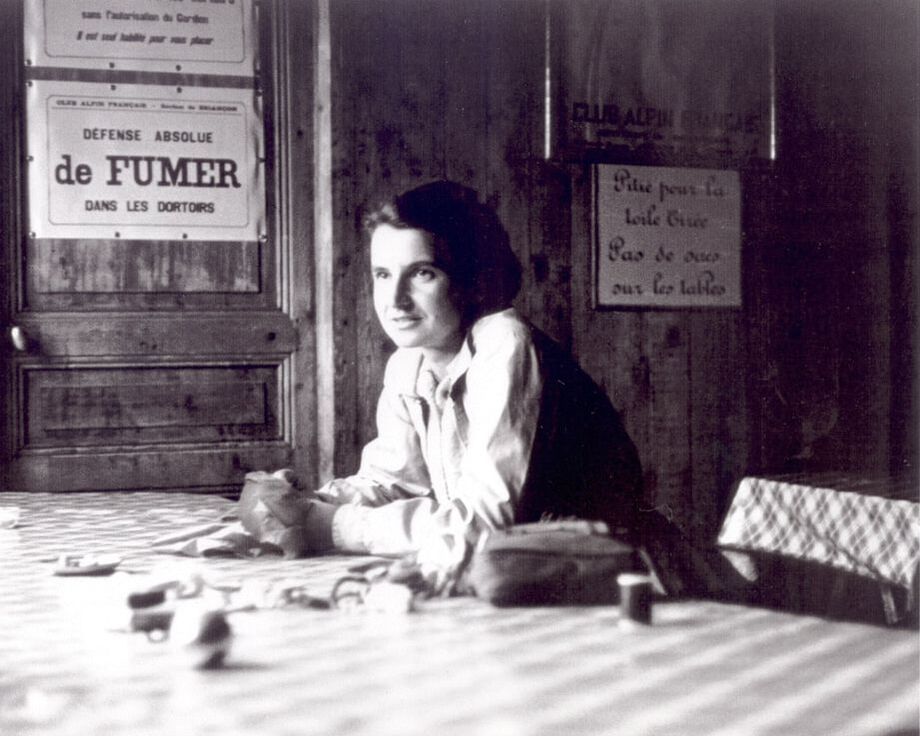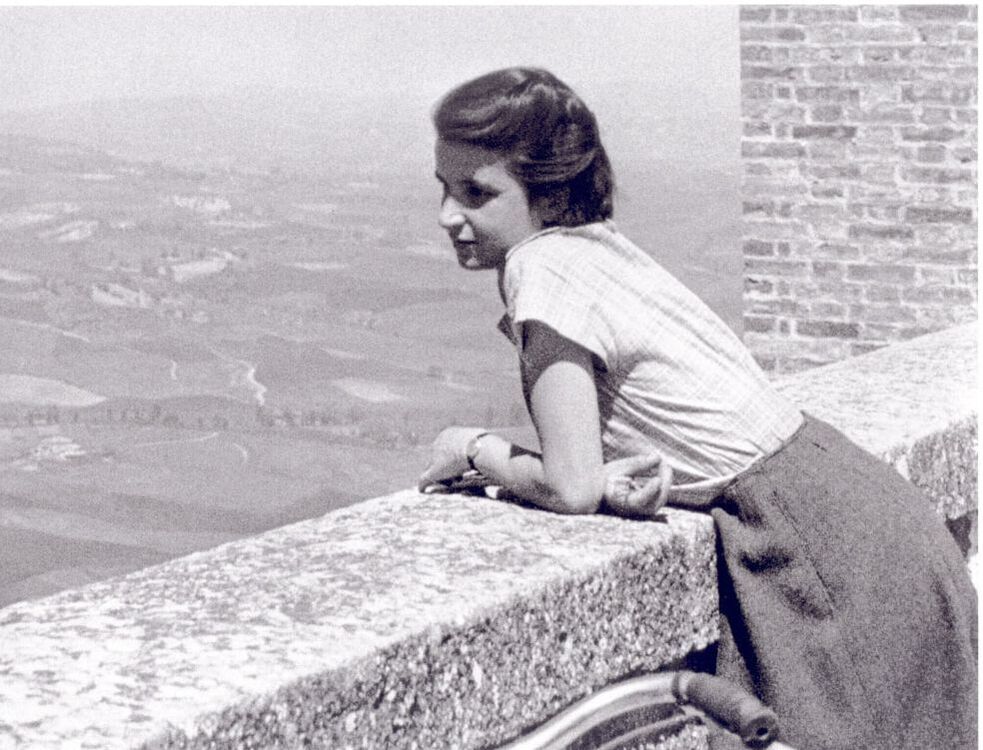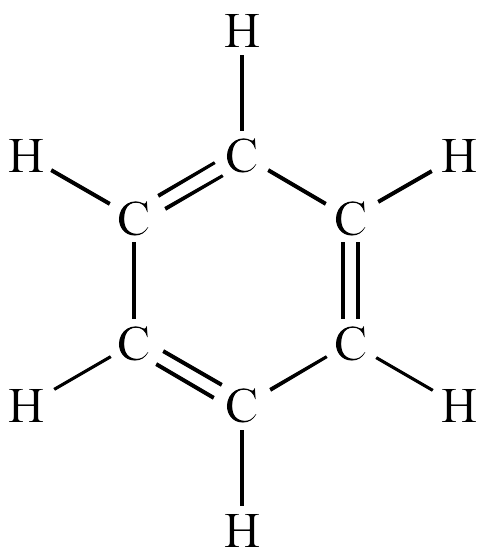Personal Life: Influences and Relationships1945. WWII had ended, and Franklin, in June of that year, went back to Nenwham to write her Ph.D. thesis from her work at BCURA. Since the war was over, Franklin happily took up international travel again. During the war she had gone on mountain climbing trips and the like, but only in Britain. Now she was glad to be able to travel elsewhere as well, such as one hiking trip to the French Alps she went on with her good friend Jean Kerslake. "If ever you hear of anybody anxious for the services of a physical chemist who knows very little about physical chemistry but a lot about the holes in coal, please let me know." This was from a letter Franklin wrote to her friend Adrienne Weill. After her trip in France, she was ready for a change of pace with her work, especially hoping for a job in France. Franklin didn't really expect to find one, but Weill was in fact able to help. "Adrienne once more became [Franklin's] saviour, telling her that at the conference on carbon that was to take place at the Royal Institution that autumn there would be two French scientists, Marcel Mathieu and Jacques Mering, both friends of hers, who would like to meet Rosalind and might be able to help her. Rosalind presented a paper at the conference, asked intelligent questions, and showed the visiting Frenchmen round London. They were impressed," catalogues Jenifer Glynn in her memoir of her sister.
Jenifer Gynn writes of Luzzati and Franklin's friendship: "Luzzati shared Rosalind's taste for heated discussion and argument--Anne Sayre records a colleague saying, 'When Vittorio and Rosalind were together, it was hammer and tongs and quite exhausting'. And Vittorio and his wife Denise also shared her taste for the countryside and energetic holidays. Rosalind joined them for their great bicycle tour in Tuscany in 1950--'unforgettable' as Vittorio Luzzati wrote--in a countryside as yet untouched by tourists. It is still a good memory for him.... Whenever possible they would escape to the Alps, too, or all go off to the countryside at weekends."
Franklin also developed a relationship with her supervisor, Jacques Mering. Glynn writes that Franklin thought highly of him and Mering was impressed with her abilities. Franklin formed these good friendships and many others in Paris. Key word being friendships. People often tried to put more into them then there was. Glynn puts it well: "[Franklin] was twenty-six when she arrived [in Paris], and single. Paris has always had a reputation as a romantic city, so there have been various suggestions about her possible romantic life there--but all of them are wrong; her happiness came simply from a love of the place, from friendships, and from fulfilment in her work." People have a tendency to ship famous and historic figures, particularly the female ones. The whole thing is absurd. It is frustrating that people don't understand that a woman doesn't necessarily have to have an active romance life. First, they decided on Luzzati. Glynn puts the whole mess perfectly: "The BBC TV Horizon programme implied a relationship with Vittorio Luzzati; in fact, although they were colleagues and always remained excellent friends, they were certainly no more than that. Since there was no future there, Jacques Mering, Rosalind's supervisor, was later suggested as a candidate; he, as it happens, already had a wife and a mistress. Rosalind admired Mering as a scientists, and she must have felt a pang of nostalgia when he rang her and came to see her later in her illness. He reportedly wept after seeing her--as he might have done after seeing any young talented pupil close to death. It is wrong to read any more than that into their relationship." Research Work: Coals and CarbonIn Paris, Franklin continued on an extension of her research conducted at BCURA. She wanted to look even closer at the microstructures of coals. For this, she needed X-ray diffraction! She was in the right place for this now, with Mering to teach her as needed. Franklin's research in Paris yielded even more published journal articles authored by her. In her time in Paris, she became very skilled at X-ray crystallography, which she would later turn towards studying biological structures. She also grew in prestige as a scientists. She is remembered in having great contributions to the field of coal and carbon research.
* Full citation: Periodical. Franklin, Rosalind. "On the Structure of Carbon." The Journal de Chimie Physique et de Physico-Chimie Biologique 47, (1950): 573-575. Article. 3 Images.. The Journal de Chimie Physique et de Physico-Chimie Biologique ** Full citation: Periodical. Franklin, Rosalind. "Crystallite Growth in Graphitizing and Non-Graphitizing Carbons." Proceedings of the Royal Society of London 209, (1951): 196-218. Article. 25 Images.. Proceedings of the Royal Society of London
1 Comment
Franklin and Bangham were looking at how the thermal expansion of charcoal and coal was affected by the amount of methanol was saturated in the coal or charcoal. The expansion of charcoals with the absorbed films of alcohols is harder to measure since it's very complex: at first it expands much faster than dry charcoal, but then it shrinks before expanding again due to the moisture evaporating from it. Franklin and Bangham devised a method to measure this more accurately by a method of preheating the coals to high temperatures. After this paper was published, Franklin published her own journal article in 1948 ("A Study of of The Fine Structures Of Carbonaceous Solids by Measurements of True and Apparent Densities: Part I. Coals," 1948, shown below) which detailed her experiments in apparent density of coals at BCURA.
Smaller molecules (helium is a great) give apparent densities closer to the true densities of materials. No matter how small of a molecule you use, however, it will not fill completely closed off holes in the material. The fluids Franklin used in her experiment were helium gas, methanol, water, n-Hexane, and benzene. The chemical structures of these gasses and liquids are shown in the above order below. (Note: If you are not familiar with Lewis Structure notation, in short, the two dots represent unbonded electrons and the lines represent bonds. (The triangle shapes in the structure for n-Hexane indicate 3D shape.)) Image credits, from left to right: 1. www.chemistrylearner.com/helium.html, 2. web.chem.ucla.edu/~harding/IGOC/M/methanol.html, 3. socratic.org/questions/5495372e581e2a1c2d5edb9f, 4. socratic.org/questions/595fa291b72cff185f0768e2, 5. arstechnica.com/science/2017/02/researchers-individually-craft-molecules-of-a-reactive-triangular-chemical/ The second part of Franklin's article, "A Study of of The Fine Structures Of Carbonaceous Solids by Measurements of True and Apparent Densities: Part II. Carbonized Coals" (shown below) was published in 1949.
* Full citation: Periodical. Bangham, D. H., and Rosalind Franklin. "Thermal Expansion of Coals and Carbonised Coals." Transactions of the Faraday Society 48, (1946): 289-295. Article. 7 Images.. Transactions of the Faraday Society
** Full citation: Periodical. Franklin, Rosalind. "A Study of the Fine Structure of Carbonaceous Solids by Measurements of True and Apparent Densities: Part I. Coals." Transactions of the Faraday Society 45, (1949): 274-286. Article. 13 Images.. Transactions of the Faraday Society *** Full citation: Periodical. Franklin, Rosalind. "A Study of the Fine Structure of Carbonaceous Solids by Measurements of True and Apparent Densities: Part II. -- Carbonized Coals." Transactions of the Faraday Society 45, (1949): 668-682. Article. 15 Images.. Transactions of the Faraday Society |
AuthorLoren Sinclair is a high school student interested in chemistry, art, computer science, theater, and everything else! They are writing this blog to tell Rosalind Franklin's often untold tale, from her life story to the science behind her work. Archives
January 2022
CategoriesSources |
